
In recent years, gacha games such as Genshin Impact and Infinity Nikki have emerged as popular and lucrative ventures in the gaming industry. These titles have transcended their origins, blending seamlessly with the AAA gaming landscape. Once considered niche, games featuring anime-inspired characters and simplistic JRPG combat are now eagerly embraced by Western gamers. If someone had predicted that my younger self would witness the mainstream acceptance of these character designs, particularly with millions devoting time and money to Infinity Nikki, I would have found it hard to believe.
When gacha games first gained traction, particularly with the launch of Genshin Impact, they seemed like a harmless diversion. However, as the genre proliferated, rising concerns about the negative consequences on both players and the wider gaming ecosystem became evident. Despite the questionable ethics surrounding these perpetual games, titles like Infinity Nikki attract vast audiences rapidly, leading many to invest significant time and financial resources. The initial excitement over gacha games has evolved into a troubling phenomenon that seems to have settled in for the long haul.
My Struggles with Gacha Games
The Concerns of Perpetual Games
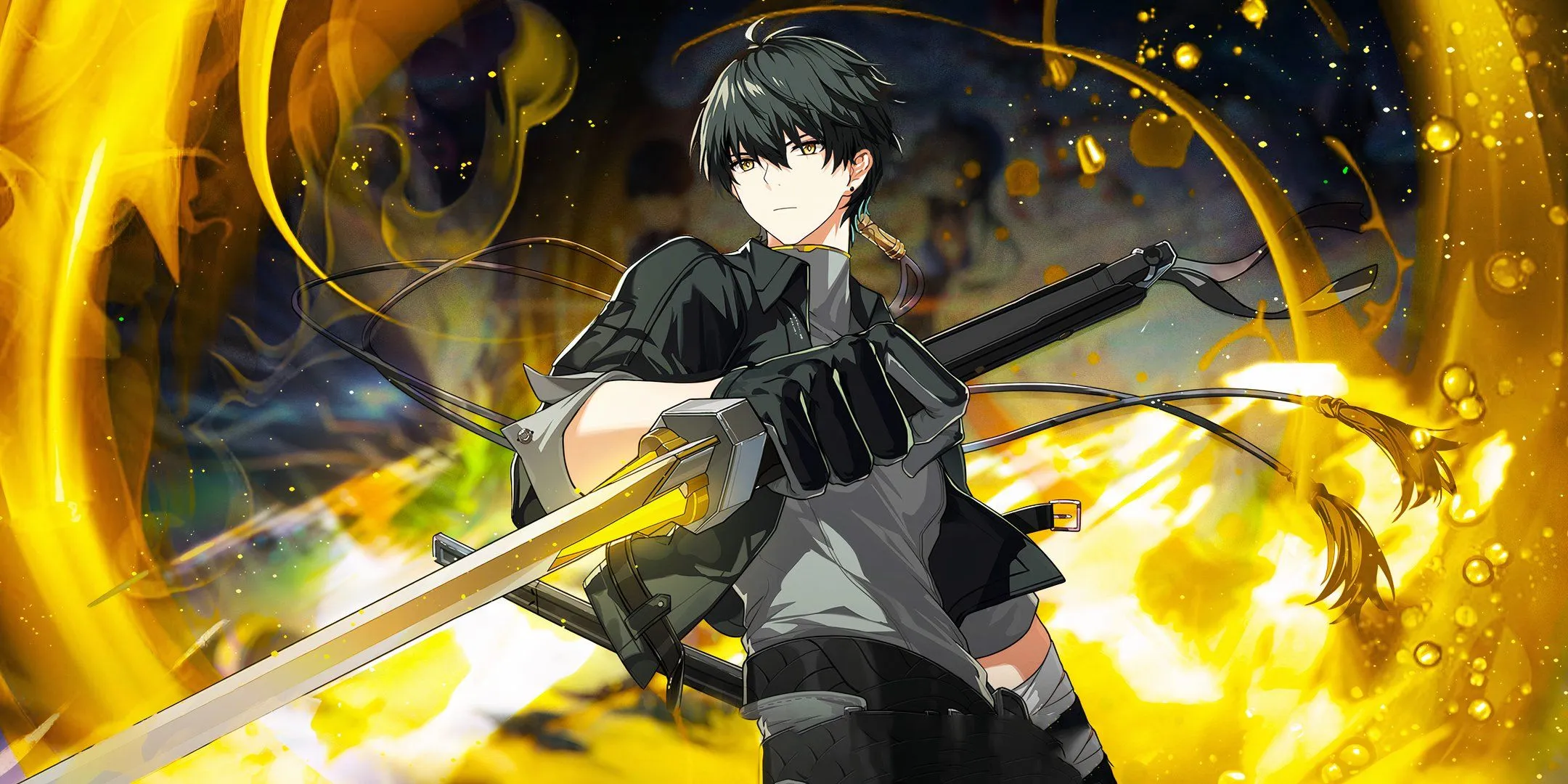
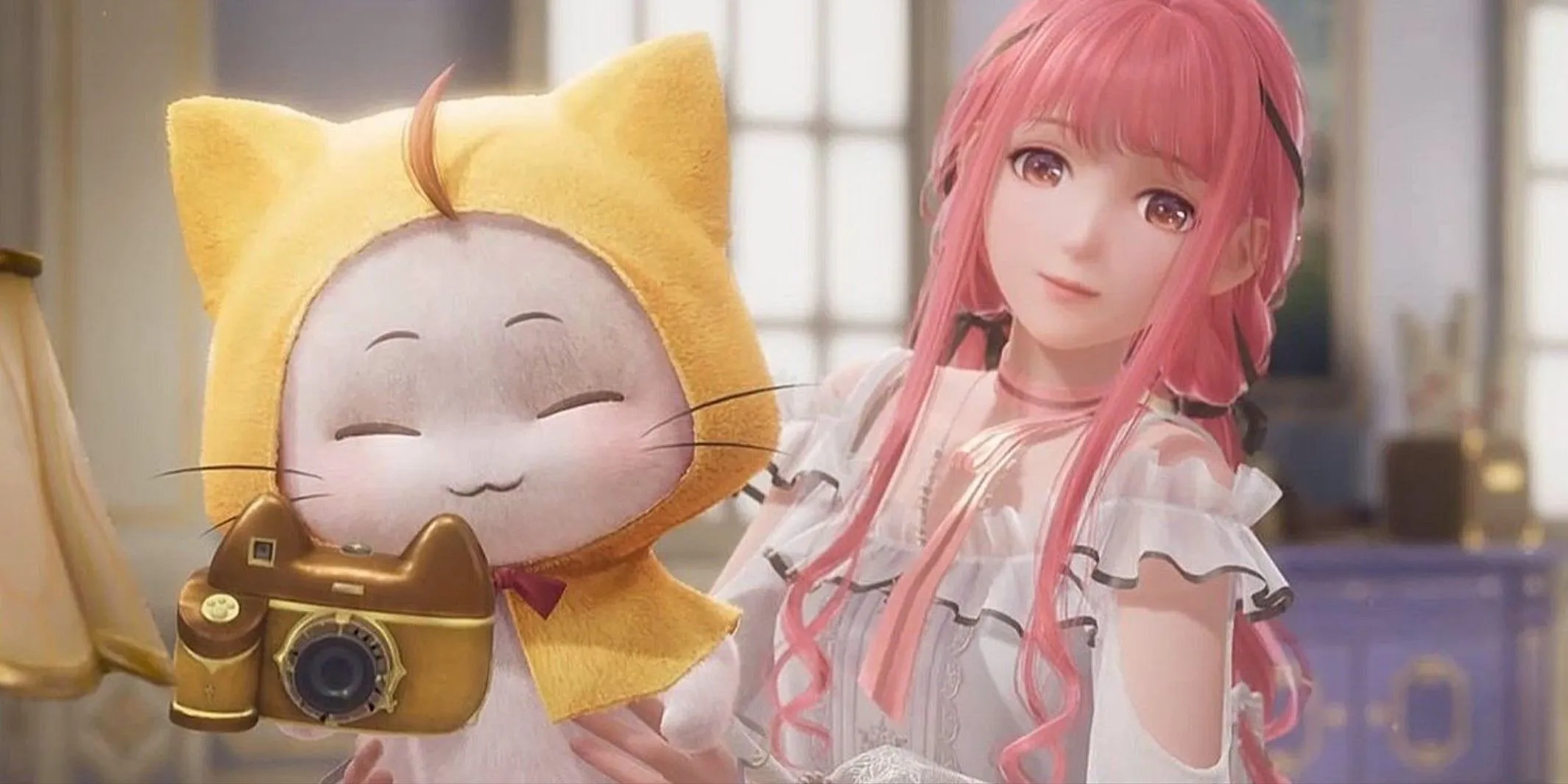
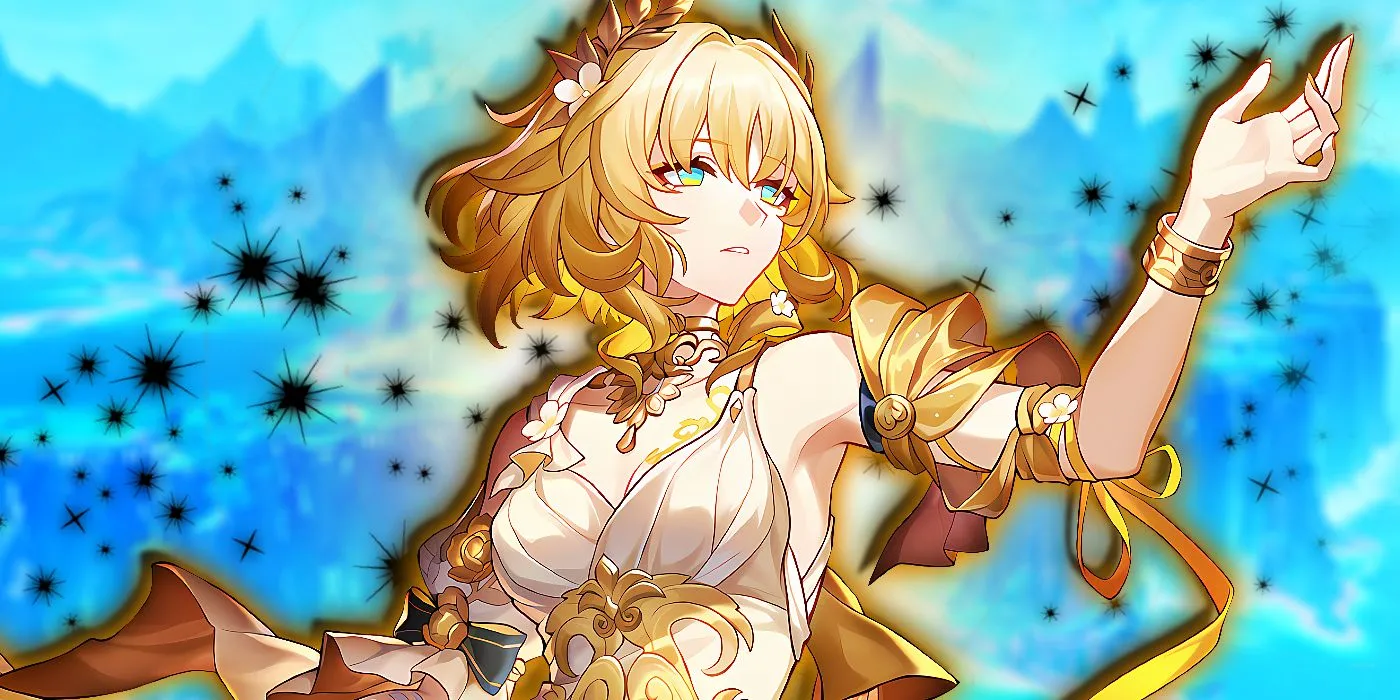
For many, including myself, Genshin Impact was the gateway into the gacha genre. As someone who has historically found mobile gaming less engaging, the early gacha game model, focused on collecting static images of anime characters and repetitive combat, failed to fascinate me. In contrast, Genshin Impact’s high production value, expansive open world, and stunning visuals quickly captured my attention, bolstered by claims that the game could be enjoyed without spending any money.
The year 2020, when Genshin Impact launched, coincided with financial uncertainties and confinement experienced by players around the globe. At the same time, the price for AAA games surged to a standard $70, making the free-to-play Genshin Impact an attractive option.
However, my experience with Genshin Impact was less than enjoyable, as I found myself overwhelmed by the countless menus, currencies, and patterns that hindered immersive gameplay. Consequently, I moved on, diverting my focus from its extraordinary success—the implications of which should have been alarming for an industry that can often prioritize profit over creativity. Even years later, as Genshin Impact’s popularity continued to soar, the deluge of new content seemed utterly daunting, deterring me from revisiting it.
This contemplation led me to a deeper investigation into the dynamics of perpetual games. I soon realized that gacha games, like Genshin Impact, masterfully engineer gameplay designed to prolong engagement, effectively trapping players in an investment of time that often compels them to spend money to progress faster. This intricate strategy manipulates the sunk cost fallacy, which many players experience, compelling them to contribute even more resources once they have invested a significant amount.
Though predatory practices are not exclusive to gacha games, the distinctive element of these titles lies in their gambling-like mechanisms, where players must spend considerable amounts for a chance at obtaining rare characters. Moreover, leveling and enhancing these characters often requires additional time and financial commitment, perpetuating a cycle of investment that can be particularly exploitative. Character designs tend to prioritize aesthetics, frequently sacrificing meaningful narratives or character development in favor of flashy visual appeal.
The AAA Gaming Landscape Adopting Gacha Elements
The Inevitable Shift
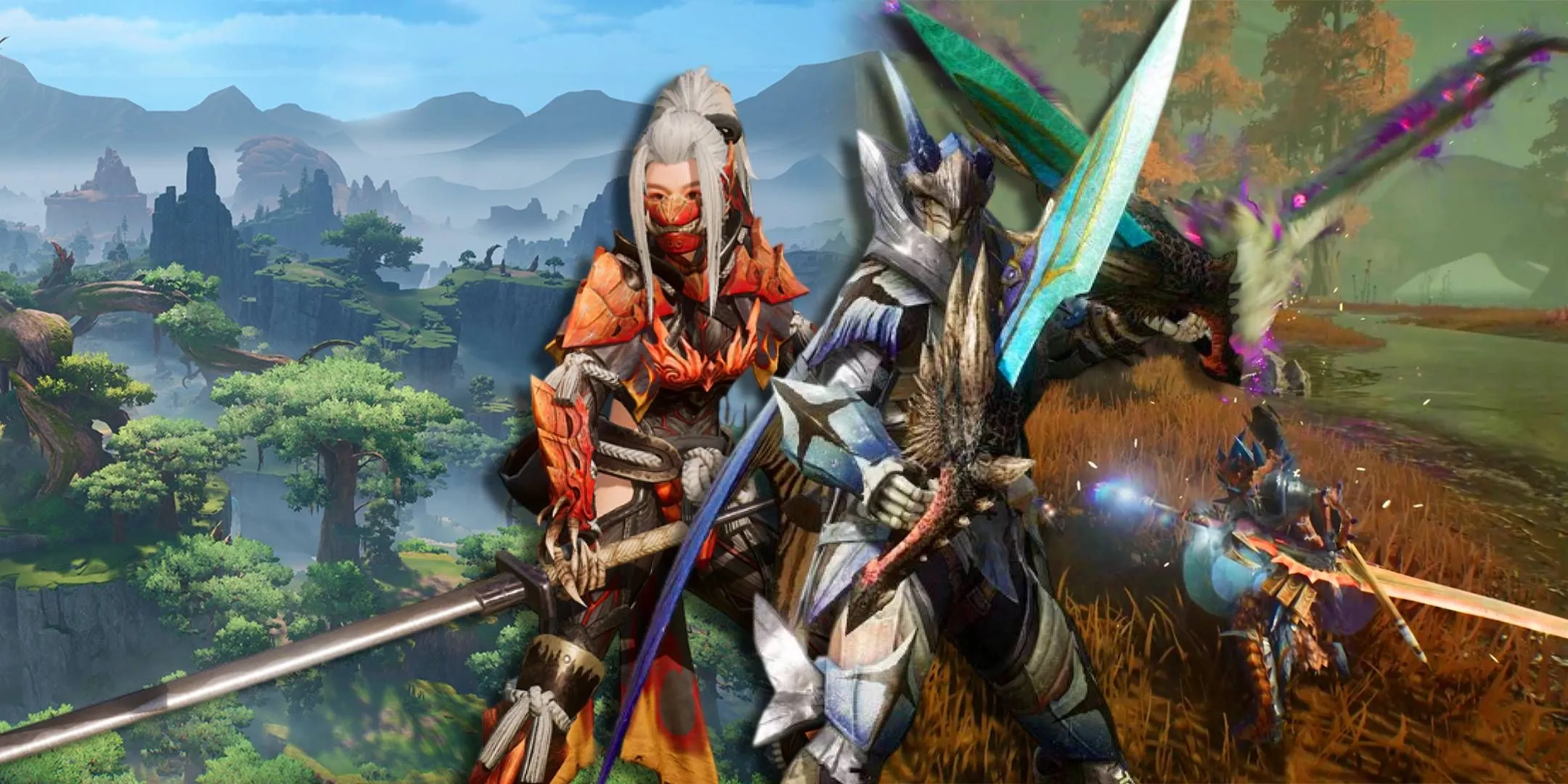
AAA developers have a history of capitalizing on profitable gaming trends, often with uneven results. The live service trend led many publishers to attempt replicating Fortnite’s success, a venture that failed spectacularly for numerous titles. Watching the downturn of live service games like Concord and XDefiant elicited mixed feelings; talented developers fell victim to market trends that they misinterpreted in their drive for profit.
As clearly observable, despite previous misfires in the live service market, traditional AAA developers are taking notice of the financial achievements of gacha games and are poised to emulate their success. This transition is already occurring, with companies like Capcom developing gacha-themed mobile titles, and EA Sports FC incorporating gacha mechanics long before other titles popularized the approach. Additionally, the forthcoming mobile game Destiny: Rising demonstrates the trend’s expansion.
Watch here for more insight
Explore this link for details
The growing presence of gacha elements is evident even among popular titles such as First Descendant, Infinity Nikki, Zenless Zone, and Honkai Star Rail—all of which are categorized as AAA games. The definition of AAA gaming is shifting, with companies like Tencent, KRAFTON, HoYoverse, and Shift Up emerging alongside established giants like Activision, EA, Ubisoft, and Bethesda. The sudden increase in these gacha-centric titles over the past four years raises serious concerns about the future direction of AAA games.
The Concerning Rise of Gacha Games as an Industry Trend
Irresistible Profits
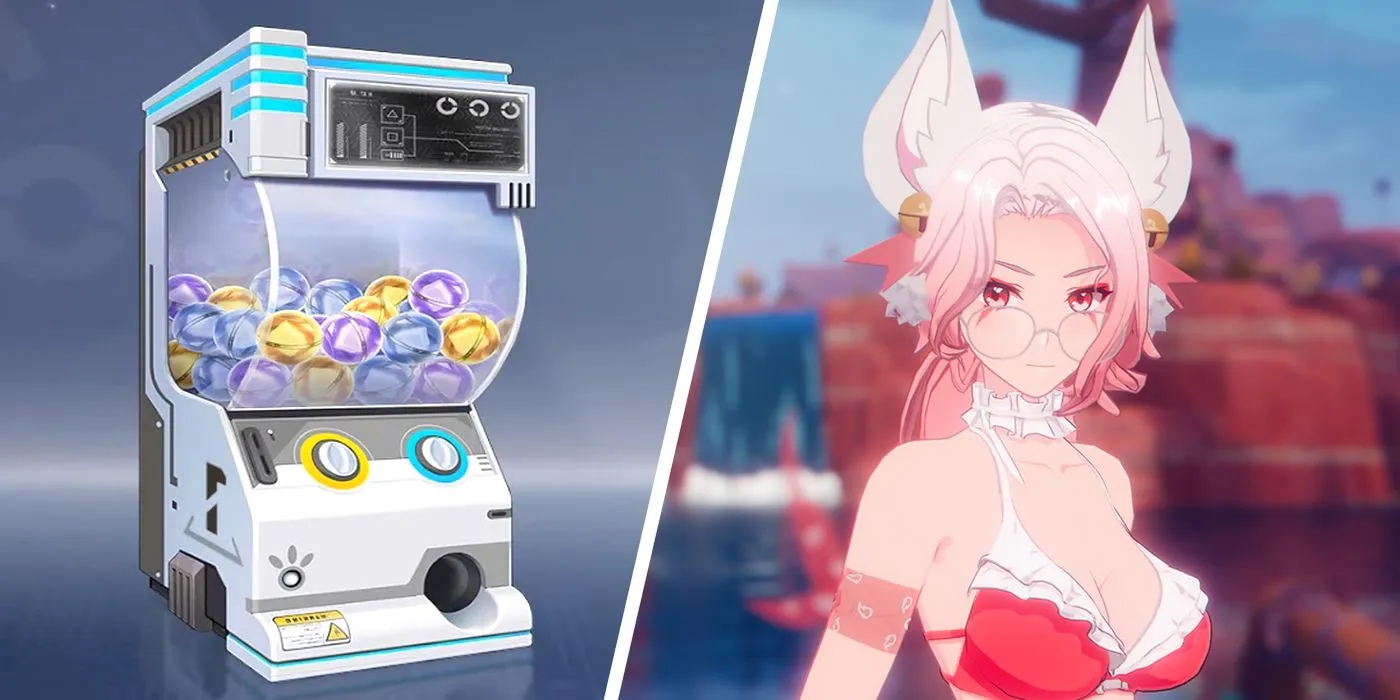
It’s critical not to overstate the imposition of gacha games within Western AAA space; rather, I recognize the merit of gacha mechanics when executed fairly and incorporated within engaging gameplay. Unfortunately, in most scenarios, these mechanics are predominantly designed to extract money from players, often wrapped in frustrating or grind-heavy gameplay.
The current ratings system is perplexing. For instance, a game like Balatro received a PEGI 18 rating, while EA Sports FC 25, which incorporates gambling principles, is only rated 3. Furthermore, Genshin Impact is rated 12+, allowing children and vulnerable individuals to access these games without constraints. Such games encourage unregulated spending through confusing currency systems and enticing offers.
The rapid-fire release of gacha titles has outpaced regulatory measures, leaving room for extensive exploitation. As these games thrive unchecked, traditional AAA developers may increasingly emulate their strategies, leading gacha and live service games to become the industry norm rather than an exception. While I refrain from predicting a dystopian future dominated by a handful of perpetual games, I believe we are glimpsing the burgeoning reality of this gacha era, and I find myself uncertain about my role in it.
The most troubling aspect of this trend is the alarming player engagement figures. Massive audiences are dedicating substantial resources to these games, which raises questions about awareness of the inherent costs of such investments. This evolving landscape will indelibly shape the future of AAA gaming, and we are already witnessing Genshin Impact as the initiation of a new gaming paradigm—one that I’m not sure I want to be a part of moving forward.
Source: Monster Hunter Outlanders/YouTube




Leave a Reply